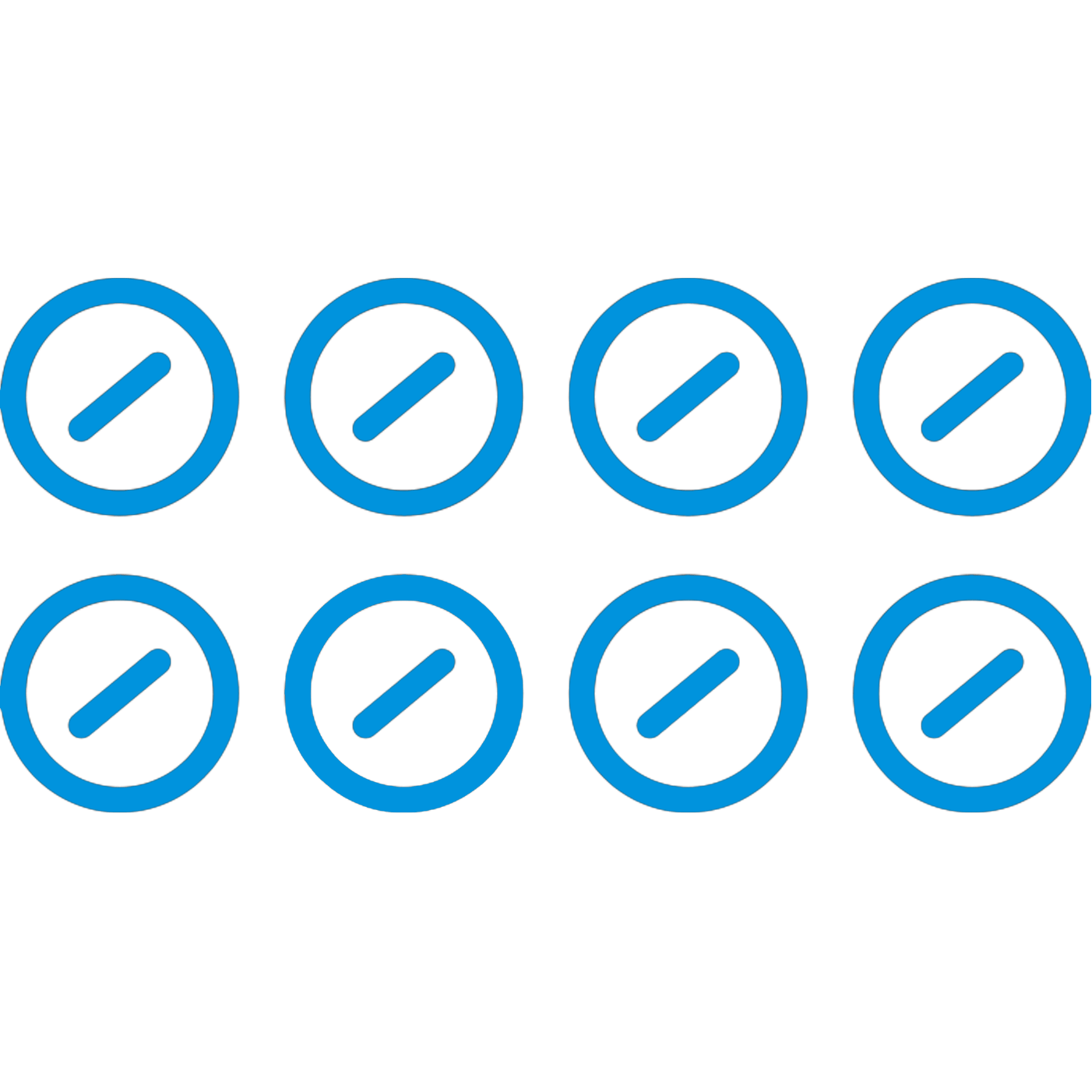Hover over each phase in the drug discovery and development lifecycle to learn more
Years -5 to 0
Drug discovery phase




Year 0

Patenting the molecule


Preclinical studies



Drug development



Years 0 to 5
Clinical studies




Years 5 to 10
Regulatory submission



Years 10 to 12

Product launch

From year 12



A discovery program aims at discovering molecules which need to be progressively optimized for activity against a biological target and for desired physicochemical, pharmacokinetic, and other properties. Their pharmacological activity and their safety need to confirm their potential in pathological situations.
Drug discovery phase


Patenting the molecule
Patents are filed for the most promising compounds. This protection provides 20 years of exclusive commercial use – the clock starts!

Preclinical studies
The effects and toxicity of drugs are assessed in silico (with computer programs), in vitro (in test tubes), and in vivo (in animals).

Drug development
The processes to manufacture research-grade molecules are transformed through chemical and pharmaceutical development to produce pharmaceutical-grade drugs, compliant with health authority guidelines, for administration to patients.
Phase 1











assessment of the safety and efficacy of the compound in a limited number of patients, with the aim of finding the optimal dose for large-scale studies.
Phase 2
Phase 3
assessment of the safety and efficacy of a future medicine, most often compared to placebo, in a large group of patients.
assessment of tolerability or side effects in a small group of healthy volunteers.
Efficacy and safety of future drugs are assessed in humans.

Before a drug can be placed on the market, it must first be approved by local regulatory authorities. A comprehensive dossier is submitted for review and approval.
Regulatory submission
Product launch

Once approved by the local health authorities, a drug enters the market and physicians may prescribe it to patients. Patient access to a drug is often determined by the drug reimbursement system and payor decisions about the treatment.
Note: The timeline can be influenced by many factors, such as the indication for which a drug is being studied.
Drug discovery and development lifecycle







Drug discovery phase
At first, we seek to enhance the potency of the compound’s effects on the target protein, but as we advance we look at other activities, which may cause side effects. The aim is to ensure that the compound’s overall properties allow it to become a drug.
For example, our electrophysiologists screen drugs for side effects by monitoring electrical activity in the heart or brain. Here, electrical communication depends on ion channels in the cell membrane; if a drug blocks some of these ion channels, it can have serious adverse effects.


A discovery program aims at discovering molecules which need to be progressively optimized for activity against a biological target and for desired physicochemical, pharmacokinetic and other properties. Their pharmacological activity and their safety need to confirm their potential in pathological situations.
Patenting the molecule


Patents are filed for the most promising compounds. This protection provides 20 years of exclusive commercial use – the clock starts!
Drug development


A discovery program aims at discovering molecules which need to be progressively optimized for activity against a biological target and for desired physicochemical, pharmacokinetic and other properties. Their pharmacological activity and their safety need to confirm their potential in pathological situations.
Preclinical studies


The effects and toxicity of drugs are assessed in silico (with computer programs), in vitro (in cell cultures), and in vivo (in animals).
Clinical studies
Phase 1










assessment of the safety and efficacy of the compound in a limited number of patients, with the aim of finding the optimal dose for large-scale studies.
Phase 2
Phase 3
assessment of the safety and efficacy of a future medicine, most often compared to placebo, in a large group of patients.
assessment of tolerability or side effects in a small group of healthy volunteers.

The effects and toxicity of drugs are assessed in silico (with computer programs), in vitro (in cell cultures), and in vivo (in animals).
Regulatory submission


Before a drug can be placed on the market, it must first be approved by local regulatory authorities.
A comprehensive dossier is submitted for review
and approval.
Product launch
